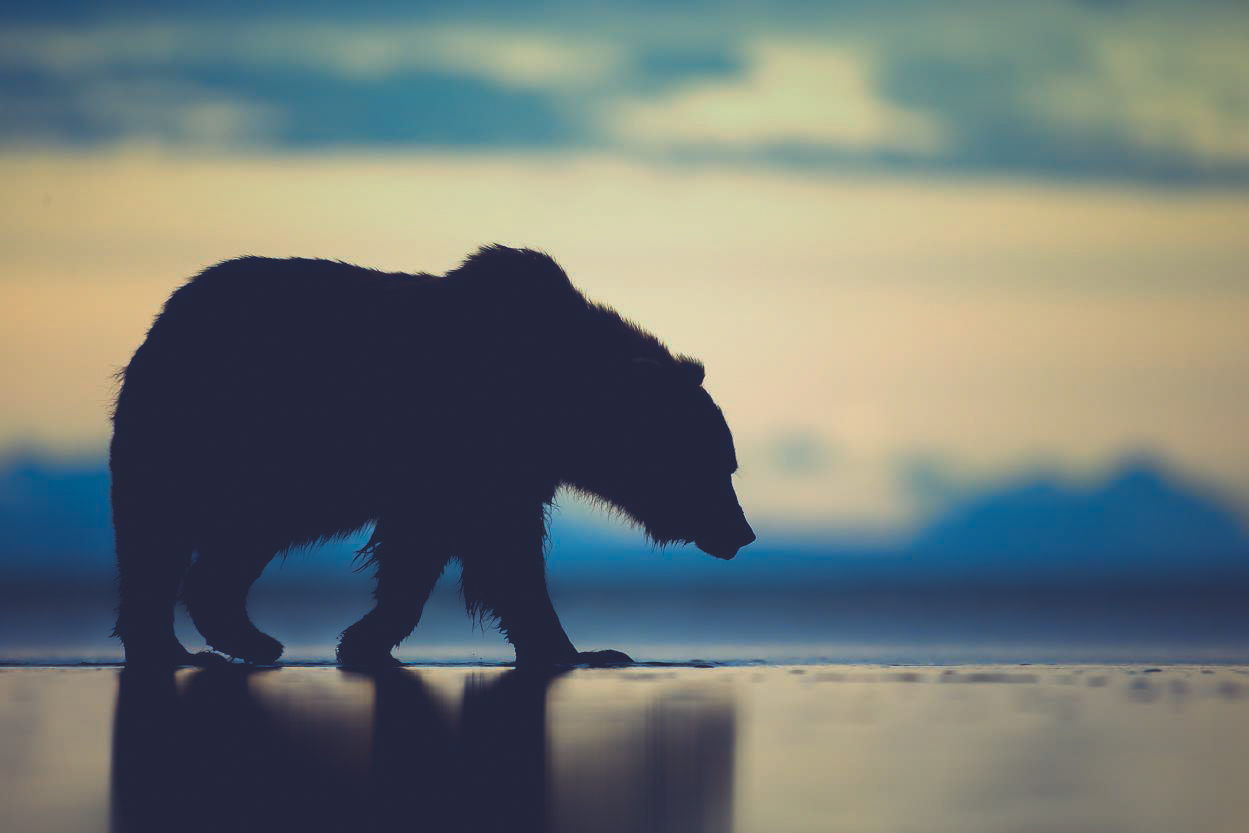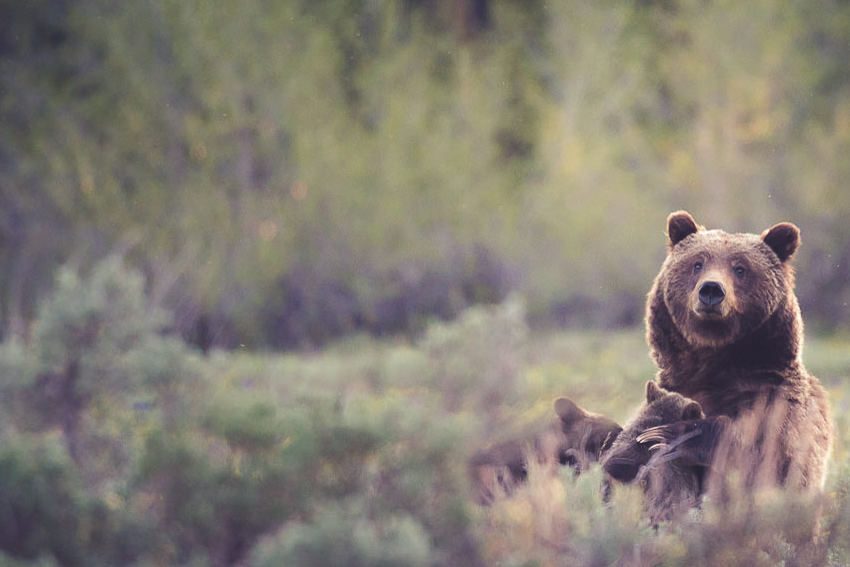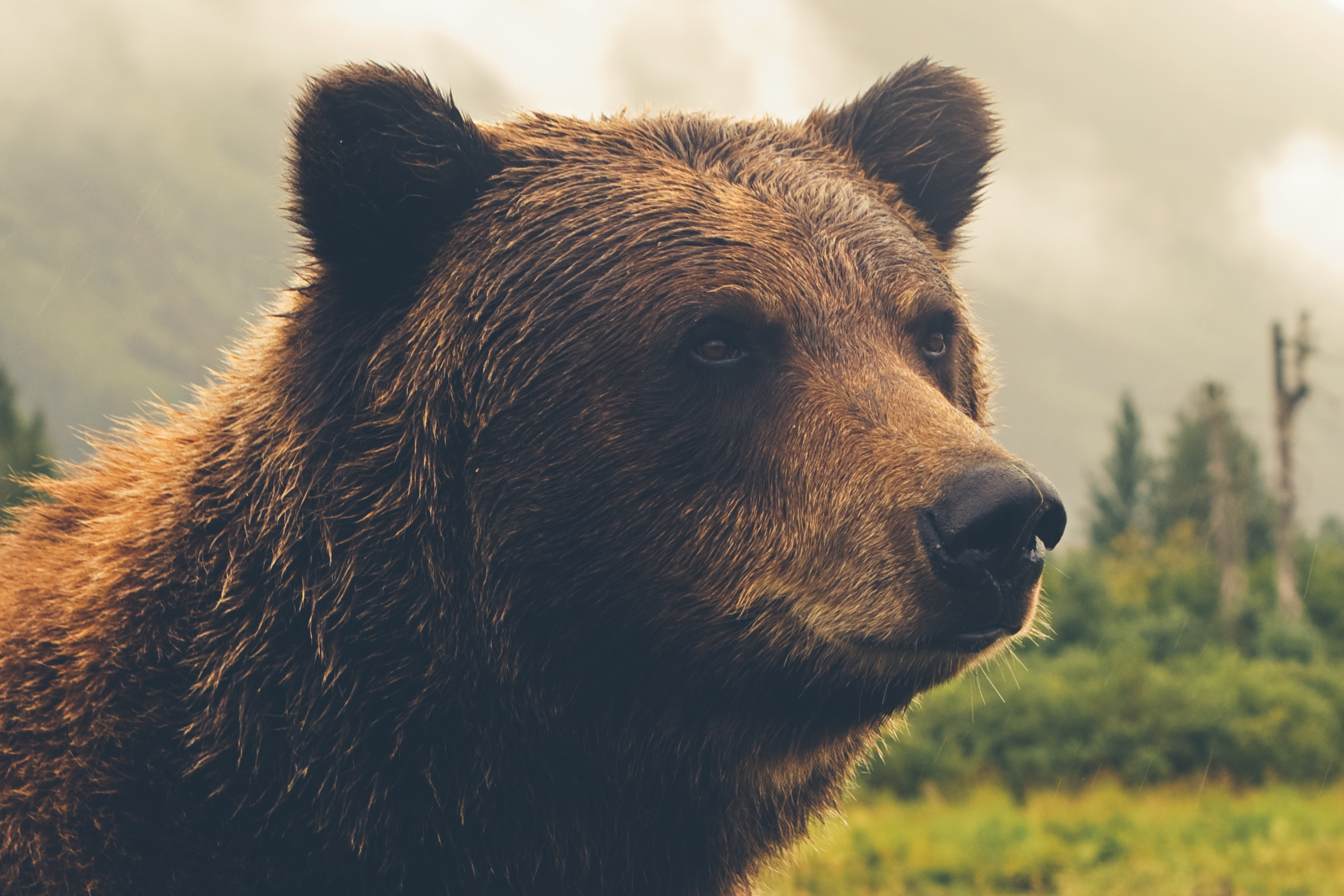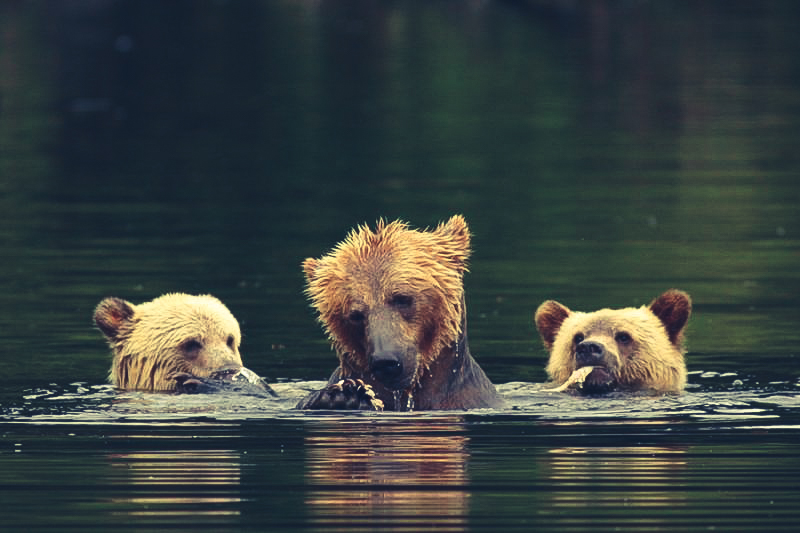What are the underlying factors affecting grizzly bear movement?
The use of movement rates revealed differences in grizzly bear activity between males and females as well as over the seasons (figure 1). Males, on average, had higher activity levels than females (table 2). Further, correlation indicated a strong relationship between movement rate and Julian day (table 3). Movement rates were greatest in the summer and lower in the spring and fall.
Observed R and R-squared values were generally moderate, suggesting a relationship between environmental variables and grizzly bear density (table 4). Regression values indicate stronger relationships when dividing the population by season and gender. Analysis of regression coefficients indicate the preferred seasonal environments of male and female bears (table 5). In the spring, female bears preferred vegetation classes 9, 11, and 13. In the summer, they were most commonly found near classes 12 and 14. In the fall, they were typically located near classes 11, 13, and were also found close to water courses. On the other hand, males preferred vegetation classes 10 and 7, and showed a relationship to water courses in the spring. They were found nearest classes 11, 12, and 9 in the summer, and preferred class 12, as well as proximity to water courses, in the fall.









